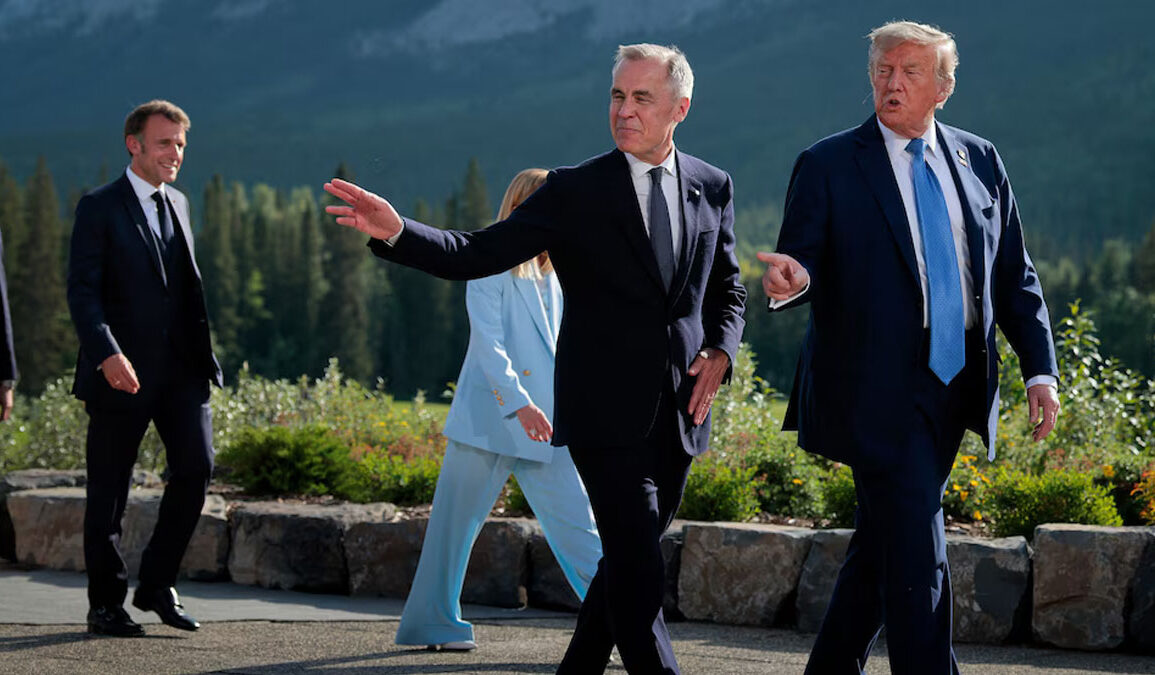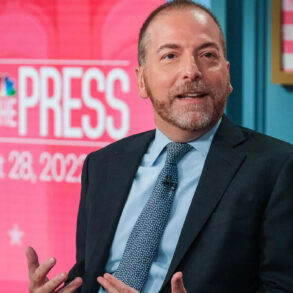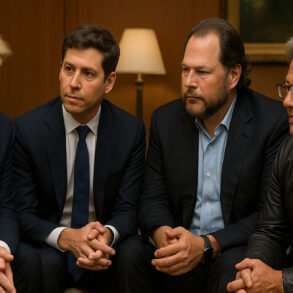Canada has unexpectedly backed down on its plan to enforce a digital services tax that targeted major American tech companies. This reversal came only days after President Trump abruptly cut off trade discussions, warning Canada that the tax was, in his words, “a direct and blatant attack on our Country.” The episode shows how Trump’s aggressive negotiation tactics can drive results, even when dealing with a close economic ally.
The Controversial Tax That Sparked a Standoff
For more than a year, Canadian officials had been preparing to collect a 3 percent levy on revenue that tech giants like Amazon, Google, Meta, Uber, and Airbnb earn from Canadian users. The tax would have applied retroactively to revenue dating all the way back to 2022. Finance Canada said the policy was designed to address what it called “the fact that many large technology companies operating in Canada may not otherwise pay tax on revenues generated from Canadians.”
The digital services tax had been promoted by former Prime Minister Justin Trudeau’s government and was set to go into effect on Monday. Canadian officials estimated that U.S. companies would owe around 2 billion dollars once the first payments were due.
But President Trump was infuriated by the move. Last Friday, he announced, “We have just been informed that Canada has announced a Digital Services Tax on our American Technology Companies, which is a direct and blatant attack on our Country.” He further warned, “Based on this egregious Tax, we are hereby terminating ALL discussions on Trade with Canada, effective immediately.”
Trump added that he would announce new tariffs on Canadian goods within the next week if the tax was not rescinded. “We will let Canada know the Tariff that they will be paying to do business with the United States of America within the next seven-day period,” Trump said. “Thank you for your attention to this matter.”
Trump’s Ultimatum and Canada’s Sudden Reversal
Faced with the risk of severe tariffs and further economic instability, Canada’s government quickly changed course. On Sunday evening, Finance Minister François-Philippe Champagne announced that Canada would halt collections and bring legislation forward to repeal the tax. In an official statement, Finance Canada said the measure was being withdrawn “in anticipation of a mutually beneficial comprehensive trade arrangement with the United States.”
Prime Minister Mark Carney personally spoke with President Trump on Sunday to confirm the decision. According to the Canadian government’s release, “Prime Minister Carney and President Trump have agreed that parties will resume negotiations with a view towards agreeing on a deal by July 21, 2025.”
Champagne also posted a statement online explaining the reasoning behind the retreat. “Rescinding the DST will allow the negotiations to make vital progress and reinforce our work to create jobs and build prosperity for all Canadians,” he wrote.
The sudden reversal came only ten days after Canadian Finance Minister Champagne declared that Canada would remain committed to keeping the tax. His earlier statement had insisted, “Canada’s preference has always been a multilateral agreement related to digital services taxation.” Despite warnings from U.S. officials for more than a year, Ottawa pushed ahead until Trump’s ultimatum forced a different approach.
Trump Claims Victory and Signals More Pressure Abroad
Speaking from the Oval Office, Trump said he had expected Canada to back down. “Economically we have such power over Canada. We’d rather not use it,” he told reporters. “It’s not going to work out well for Canada. They were foolish to do it.”
National Economic Council Director Kevin Hassett told Fox News that Canada’s capitulation proved the administration’s strategy works. On CNBC, Hassett added that digital services taxes will also be a major issue in talks with the European Union and Japan. “We can get back to negotiations,” Hassett said. “But these taxes are non-tariff barriers and have to be addressed.”
The American Chamber of Commerce in Canada applauded the Canadian decision. Chief Executive Rick Tachuk said, “We commend the Canadian government for choosing a path that prioritizes dialogue and progress.”
A Risky Gamble for Canada’s Economy
Canada had already been dealing with the pressure of stiff U.S. tariffs on steel, aluminum, and cars. Those duties, combined with the threat of more tariffs, pushed Canadian officials to reassess their stance. According to Canadian economic data, the country’s gross domestic product likely shrank in the second quarter of 2025 and could decline again in the third quarter if trade disruptions continue.
Michael Geist, a professor of internet law at the University of Ottawa, criticized the Canadian government’s handling of the issue. “Hard to imagine this could have been handled in a worse way,” Geist said. He noted that both the Biden and Trump administrations had repeatedly argued the tax was aimed almost entirely at American companies.
Even before Trump’s ultimatum, trade talks between the U.S. and Canada had been tense. The two countries have been trying to resolve disputes over auto manufacturing rules, tariffs, and measures to stop fentanyl smuggling across the border. Trump has already imposed a 10 percent tariff on imports from most countries, and Canada faced separate tariffs of up to 25 percent on some exports.
Talks Back on Track
Despite the friction, both sides now say they are committed to resuming negotiations. Prime Minister Carney has made clear that he wants to finalize a trade deal before the July 21 deadline. Trump has said he remains focused on protecting American interests. “We held all the cards,” he told reporters. “Now we can get back to doing business.”
For Canadian businesses that depend on exports to the United States, the decision to scrap the digital services tax has brought relief. It has also shown how quickly trade relations can swing under Trump’s approach to economic policy.
With the digital tax officially on hold, both nations are preparing to restart talks. Whether this leads to a stable agreement or another standoff will depend on how much each side is willing to compromise before the deadline next month.








